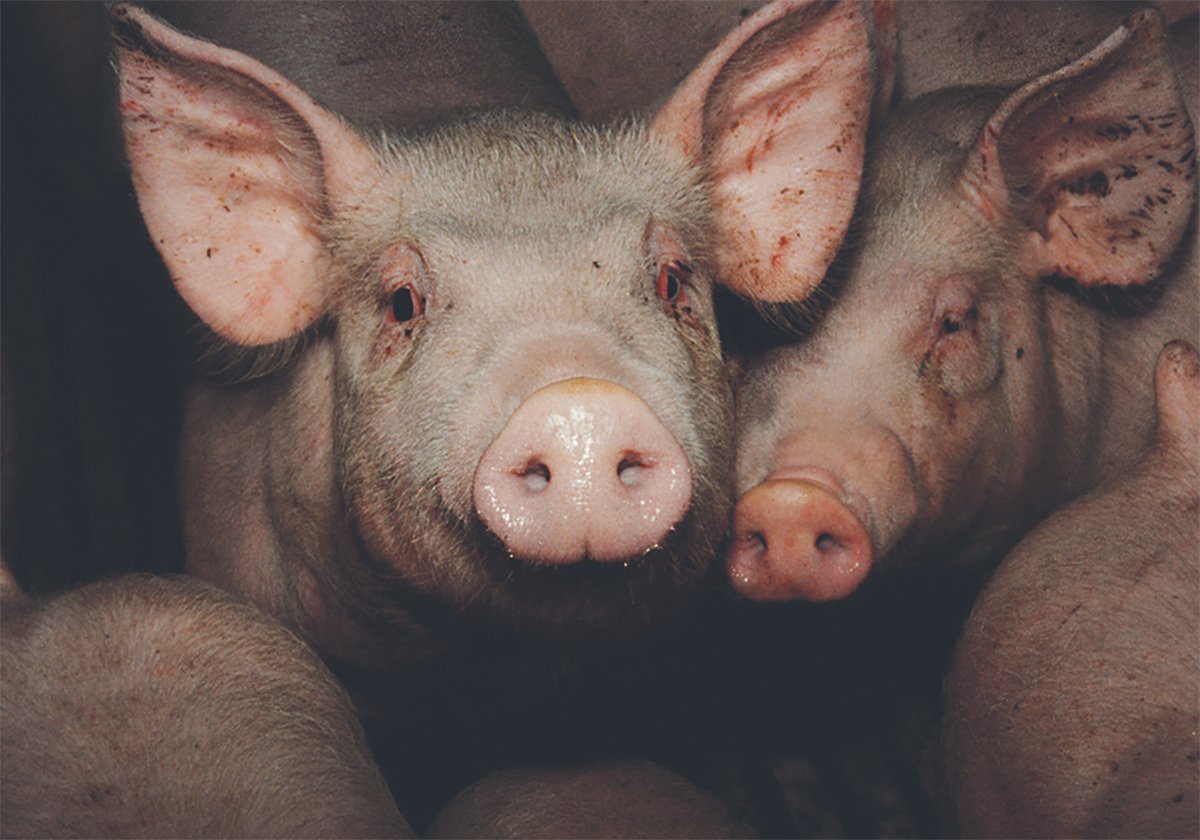Calving can be painful for the cow and the calf, especially when there is calving difficulty.
Several studies have focused on the administration of pain control medication such as a non-steroidal anti-inflammatory drugs (NSAID) to calves that have undergone a difficult birth.
Dr. Jennifer Pearson and her colleagues from the University of Calgary demonstrated in a recent Canadian research study that calves that received meloxicam after an assisted birth had a significantly higher average daily gain in their first week of life, which suggests that mitigating pain in these calves that have undergone dystocia may improve their overall well-being.
Read Also

The Western Producer Livestock Report – October 30, 2025
Western Producer Livestock Report for October 30, 2025. See U.S. & Canadian hog prices, Canadian bison & lamb market data and sales insights.
A recent study published in the journal Theriogenology focused on the benefits of using pain-control in the cow at the time of calving, specifically in heifers that have to undergo a caesarean section.
C-section surgery is obviously a painful procedure and in addition to providing local anesthetic to freeze the site of the surgery, I think many Canadian veterinarians have adopted the practice of using a NSAID such as meloxicam in cows that need to have a C-section.
We know having a C-section causes significant pain, which can probably affect physical activity and feed intake in these animals post-surgery.
We are also fortunate to have several forms of meloxicam, as well as other anti-inflammatory drugs labelled for use in cattle in Canada.
However, what made this research study unique is that the researchers focused on some longer-term benefits of using pain control medication.
The study took place on 47 farms in six different veterinary practices in the Burgundy region of France. In total, 127 Charolais heifers were included in the study. All of the heifers had to have a non-elective caesarean section to deliver their first calf.
The researchers randomized the heifers into two groups: 61 heifers received meloxicam at the time of surgery and 66 heifers served as controls and received no pain control medication other than the standard local anesthetic to freeze the surgical site.
The researchers first evaluated whether the administration of meloxicam affected the incidence of retained placenta. There have been other studies that have shown some anti-inflammatory drugs may increase the probability of retained placentas in cows, but this was not the case with administering meloxicam in this study.
In the cows that received meloxicam, 18 percent had a retained placenta compared to 25 percent of the control cows. Retained placentas are more common in cows that undergo a C-section, but it did not appear that the use of the pain control drug had any impact on this.
The main outcome that the researchers measured was the reproductive performance of the heifers from the time of the C-section to the next calving. This study showed a significant difference in pregnancy rates between the two groups. Of the cows that received meloxicam at the time of their C-section, 83 percent became pregnant at next calving versus 69 percent of the control group.
In addition, they demonstrated that the median calving interval was 35 days shorter for the meloxicam treated group compared to the control group. There was also a trend toward a lower culling rate in the cows that received meloxicam (five percent vs. 13 percent).
I think many producers and veterinarians would recognize that using an NSAID such as meloxicam at the time of a C-section has significant short-term benefits. The use of pain control medication probably improves feed intake and activity in those animals after a painful procedure.
However, I did not anticipate such a dramatic effect on subsequent fertility from simply using an NSAID for post-surgical pain control.
Although this is a single study and we need more research on this topic, it demonstrated a significant difference in fertility between the heifers that received meloxicam at surgery and those that did not.
What caused this obvious difference in fertility? We can’t know for certain because the authors didn’t measure behavioural indicators.
Perhaps the control of pain and improved feed intake in these cows post-surgery helped during that critical time when lactation begins and prevented a negative energy balance from occurring in those first few days after surgery.
Whatever the reason, it seems clear that the use of a pain control medication in these animals undergoing a painful procedure at the time of calving had greater benefits that simply making the animal recover more quickly.
There were also significant benefits on subsequent fertility and on the calving interval as well.
John Campbell is a professor in the department of Large Animal Clinical Sciences at the University of Saskatchewan’s Western College of Veterinary Medicine.















